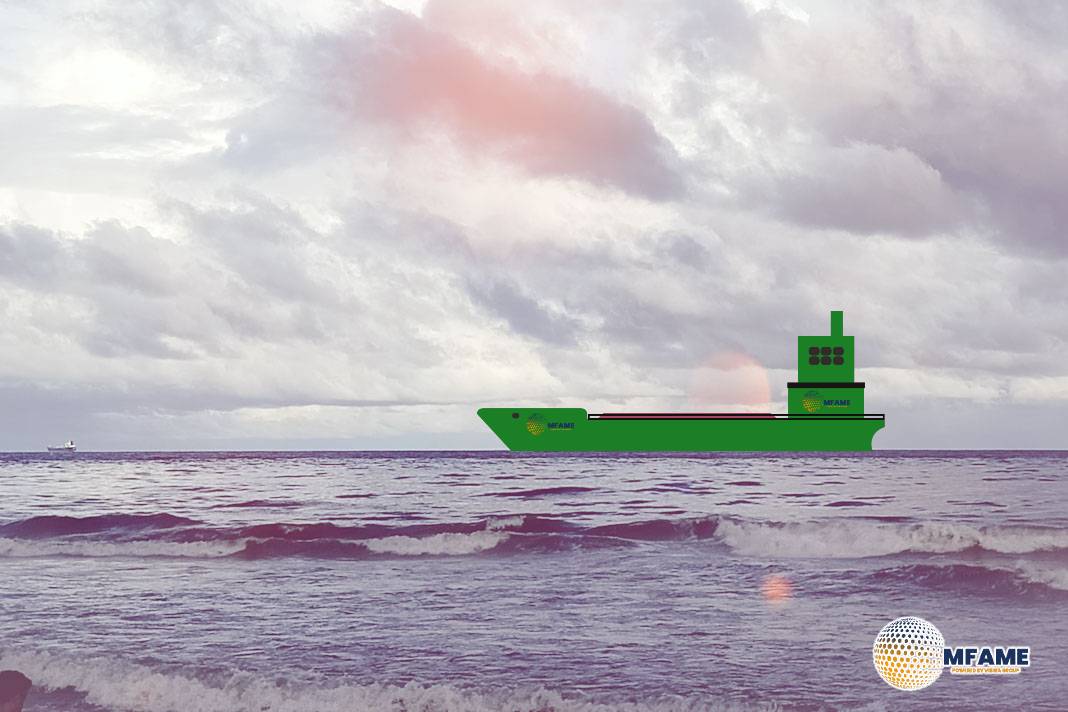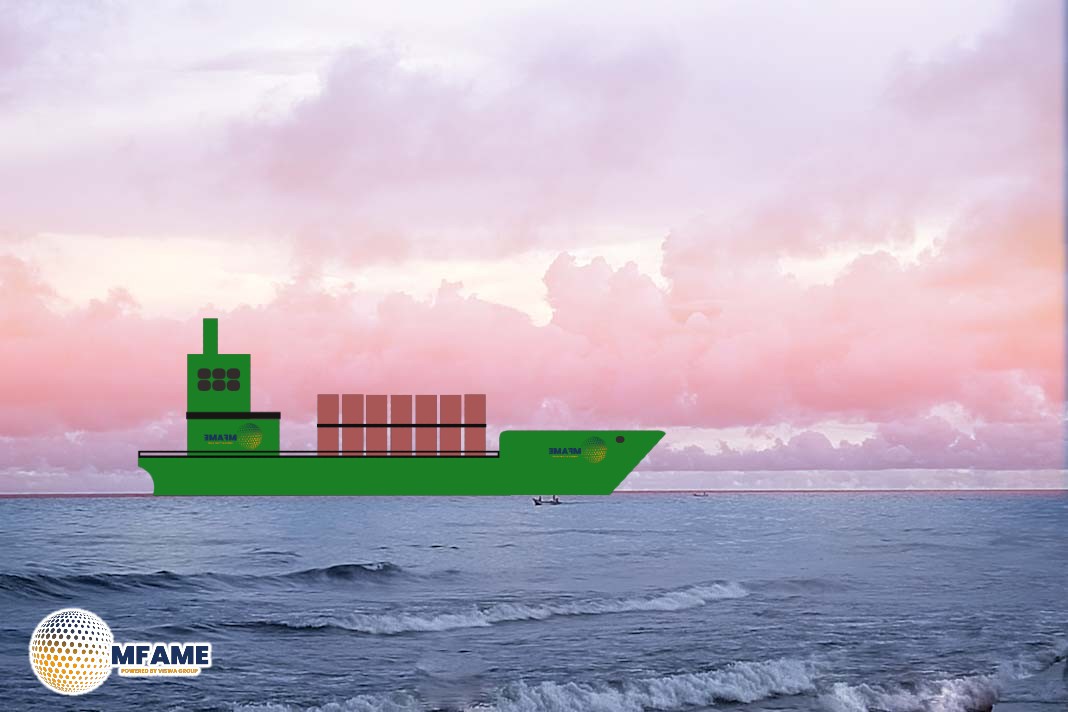- The Omani-owned Salalah LNG became the first LNG carrier in five months to navigate the Bab-el-Mandeb chokepoint, signaling a possible shift in Red Sea shipping trends.
- Following a cease-fire between Israel and Hamas, Houthi militants suspended attacks on non-Israeli vessels, leading to the release of the Galaxy Leader’s 25-member crew after over a year in captivity.
- Oil shipments through the Red Sea dropped over 50%, and LNG traffic rerouted via Africa’s southern tip for the past 14 months due to security concerns.
- Russia and several container ship operators explored Arctic Northern Sea Route as an alternative, with Gazprom’s Pskov LNG carrier reaching China via this path in September 2024.
Liquid natural gas (LNG) producers have largely avoided the Red Sea throughout 2024 due to ongoing Houthi militant attacks. However, this trend may be shifting, as the first LNG carrier in five months has successfully navigated the Bab-el-Mandeb chokepoint at the southern end of the Red Sea, reports gCaptain.
Houthi easing allows LNG through Bab-el-Mandeb Strait
The 148,173-cbm vessel, Salalah LNG, passed through the strait late on February 8. According to AIS data, its final destination remains unclear. The Omani-owned ship initially departed from the Qalhat LNG Terminal in Oman on February 5.
This development follows a recent cease-fire between Israel and Hamas, after which Yemen’s Houthi movement declared a suspension of attacks on non-Israeli vessels. The group also released the 25-member crew of the car carrier Galaxy Leader after over a year in captivity.
The last LNG carrier to traverse the full length of the Red Sea before Salalah LNG was the Russian “shadow fleet” vessel Pioneer in late September 2024. Prior to that, the Russia-affiliated carrier Asya Energy (now East Energy) sailed through the region in June 2024. Both vessels have since been sanctioned by the U.S. for loading cargo from the Arctic LNG 2 project, which is under international restrictions.
Despite this recent transit, vessel owners remain cautious. Several major shipping companies, including Maersk and Hapag-Lloyd, have stated they will continue to avoid the Red Sea for now. Since late 2023, maritime traffic in the area has plummeted by 60 percent, with nearly 150 vessels coming under attack during that time.
LNG traffic resumes
Earlier this week, the oil tanker Chrysalis, which was targeted by the Houthis in July 2024, became the first crude carrier to pass through the Red Sea and the Suez Canal since the Houthi cease-fire announcement. The Suez Canal Authority noted that this marked a step toward restoring stability. Oil shipments through the Red Sea had previously dropped by more than 50 percent, from 8.7 million barrels per day in 2023 to 4.0 million barrels per day in 2024.
For the past 14 months, nearly all regional and global LNG shipments have rerouted around Africa’s southern tip. Additionally, Russia has dispatched several LNG carriers via its Arctic Northern Sea Route, which offers a shorter passage between Europe and Asia during the ice-free summer months.
In September 2024, Russian energy giant Gazprom sent the 170,471-cbm Pskov from its Portovaya liquefaction plant near Saint Petersburg in the Baltic Sea to China. The instability in the Red Sea has also prompted several container ship operators to explore Arctic routes, with multiple Panamax container ships making the journey. Additionally, Aframax and Suezmax oil tankers have increasingly transited through Arctic waters as an alternative to the Red Sea route.
Did you subscribe to our daily Newsletter?
It’s Free Click here to Subscribe!
Source: gCaptain

















